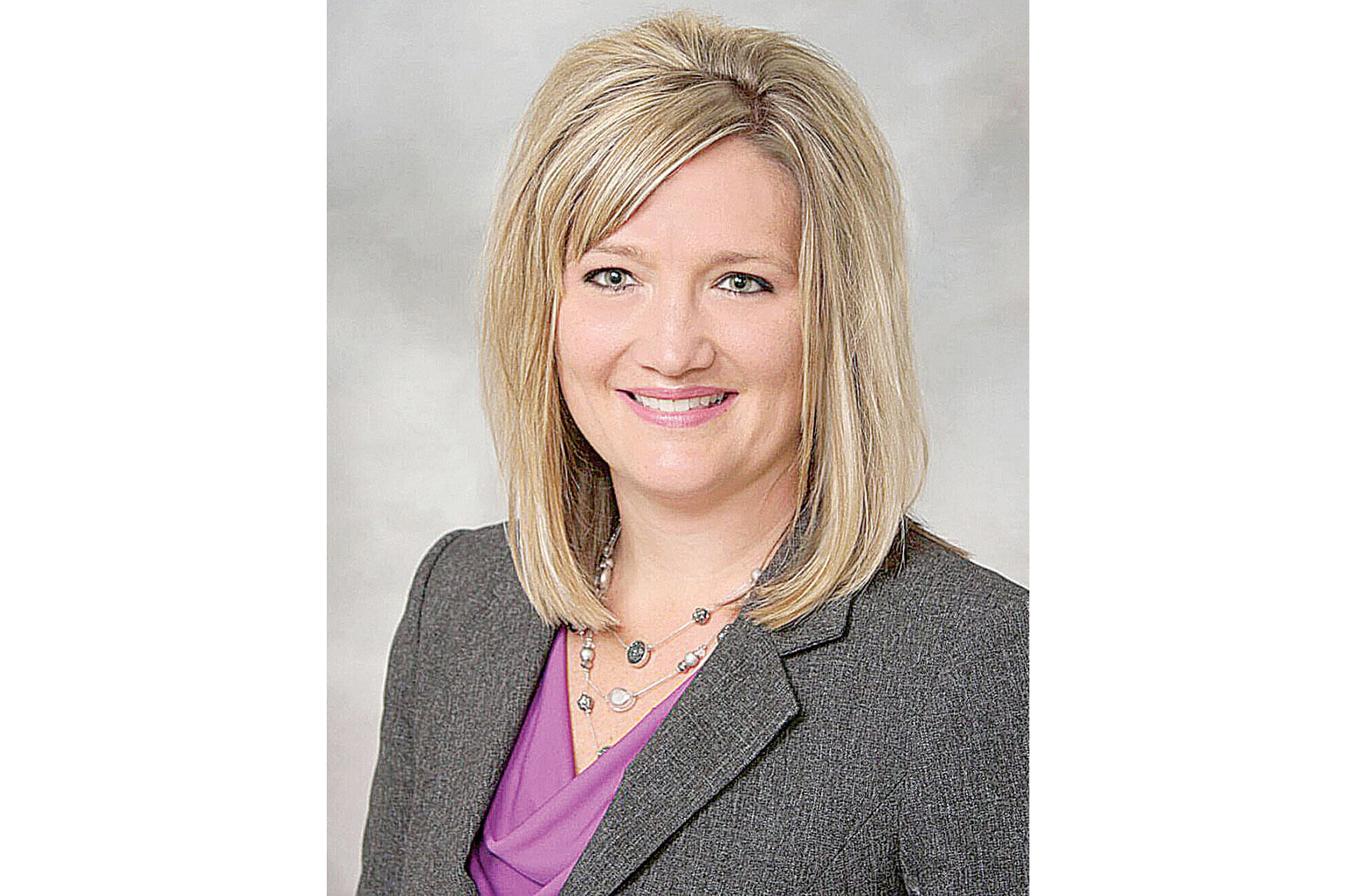At its March meeting, Iowa’s Revenue Estimating Conference projected a 2.2 percent decrease in revenue in fiscal 2024 versus fiscal 2023. But the panel also forecasted increased revenue in FY 2025 and 2026, at 0.7 percent and 1 percent respectively, noted Michelle Hurd, president of the Iowa Grocery Industry Association (IGIA).
“Despite the slight revenue decrease in 2024, the state is in a very strong financial position with no signs of economic downturns on the horizon,” she said.
Iowa ended fiscal 2023 with a balance of $1.83 billion in the General Fund, $902 million in reserve funds and $2.74 billion in the Taxpayer Relief Fund.
Iowa’s unemployment rate is 2.8 percent, unchanged since April and 0.1 percent lower than one year ago, Hurd added.
The grocery industry is largely in good shape as well, she said.
“Overall, [it] is holding strong. Iowa is home base for the headquarters for a number of great chain grocery operators, and then, in addition, we have a strong network of independents across the state. From our membership standpoint, too, we are really seeing our retail membership staying strong and seeing growth in our supplier membership.”
A bill sponsored by the Center for Rural Affairs that came up in this year’s legislative session that would give small grants or loans to grocery stores with fewer than 25 employees in underserved communities did not survive, Hurd said. She expects similar bills will come up when the next session convenes on Jan. 13.
[RELATED: How Grocery Retailing Differs Throughout Midwest]
IGIA’s members already are working on addressing these needs for stores when they can.
“All of our retailers are really working hard and playing a role at looking at how we can work together and continue to serve and provide food and access to all of our communities across the state, including our rural communities where there may be some population decline,” Hurd said. “It’s something we’ve been having a lot of conversations about.”
Another issue the association will be addressing is swipe fees, she said.
“Retailers partner with the government on many issues. One way is by acting as the government’s agent in collection and submission of sales and local sales and excise taxes,” she said.
Retailers accept many forms of payment, including credit cards. As credit and debit card use has increased, so have swipe fees, also known as interchange fees, which are charged to grocers by the card companies.
“Many grocers say that credit card swipe fees are the second highest operating cost, after labor,” Hurd said. “Significantly, swipe fees are also charged on the sales tax portion of a receipt. Retailers in Iowa are paying an estimated $62 million in interchange fees on sales tax alone each year.”
She said IGIA and its members will “work with lawmakers to increase awareness and find a solution to relieve the unnecessary burden placed on retailers to pay for swipe fees on sales tax collected on behalf of the state.”
On a brighter note, IGIA’s annual convention is coming up Sept. 11-12, returning to Coralville. The theme is “Get Connected,” and Hurd encourages the state’s food retailers, from supermarkets to convenience stores and everyone in between, to take advantage of the networking and education (and entertainment) the two days offer.

